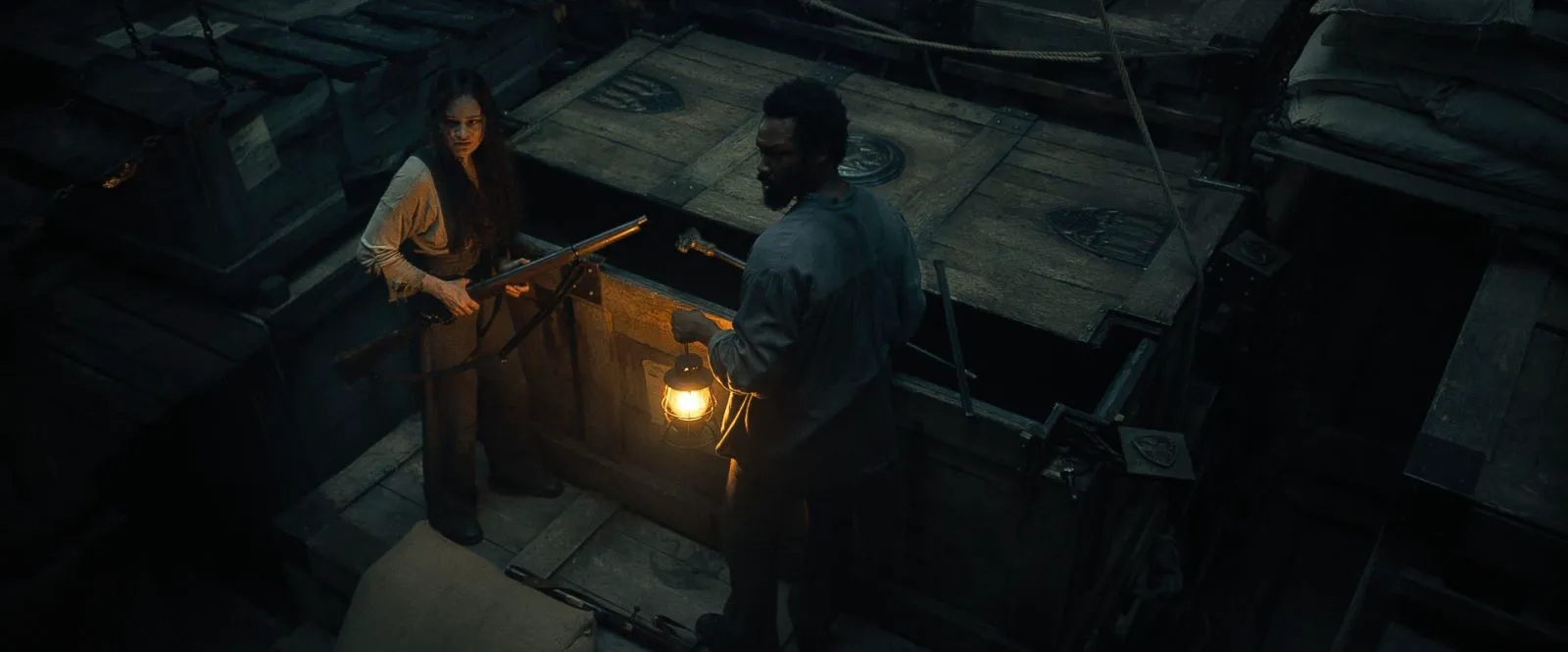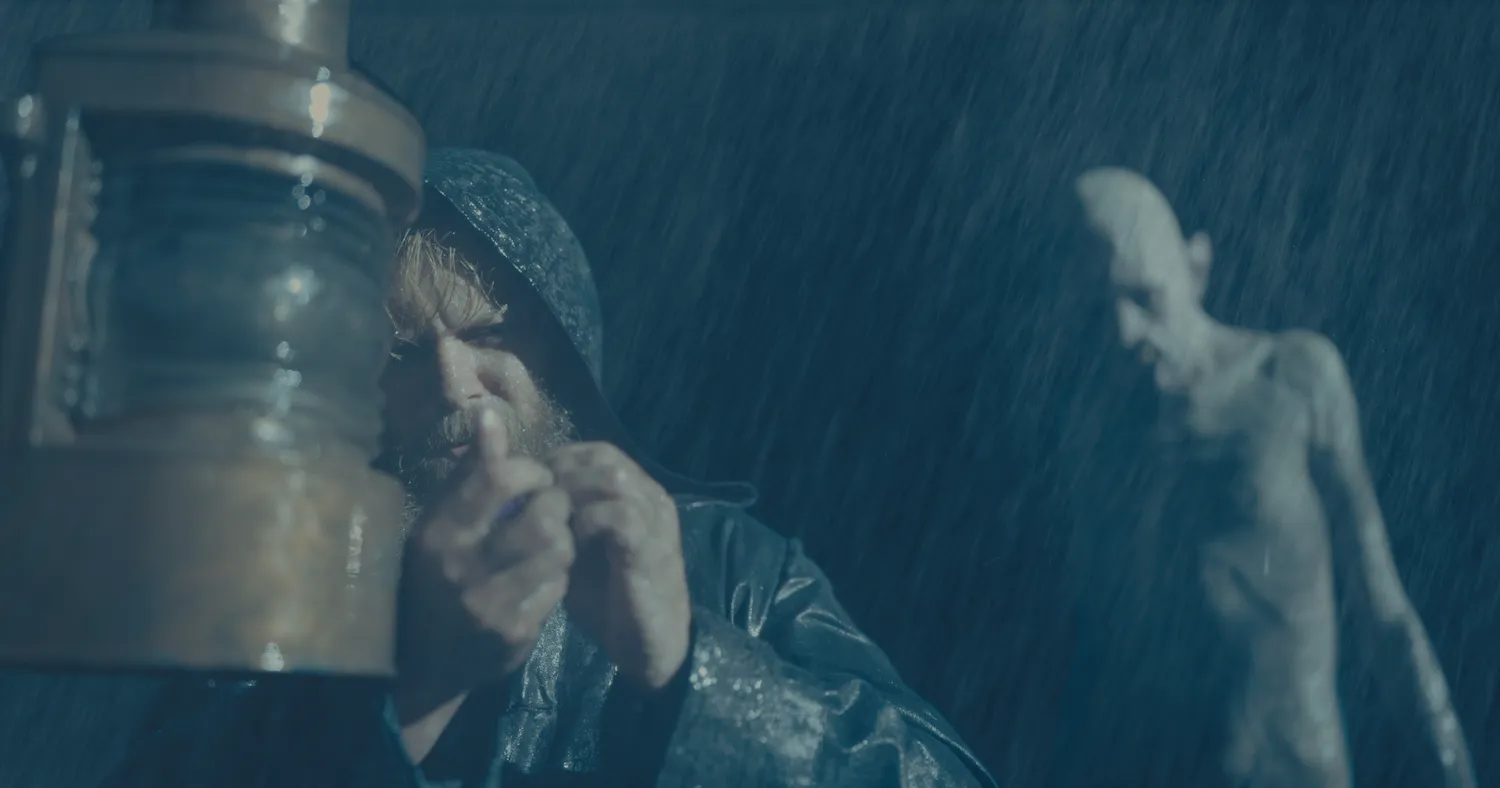The Last Voyage of the Demeter: A Dark Tale Adrift
The grim tale of the Russian schooner “Demeter,” which unfortunately docked at the Transylvanian port of Varna, is a minor and, frankly, not the most essential chapter in Bram Stoker’s epistolary novel. Most filmmakers—whether it’s F.W. Murnau (“Nosferatu, a Symphony of Horror”), Tod Browning (“Dracula”), or Patrick Lussier (“Dracula 2000”)—have omitted this chapter altogether in their adaptations. It’s insignificant to the main plot, and there’s not much room for directorial imagination to unfold. The Count’s journey on the “Demeter” is briefly shown in Francis Ford Coppola’s “Dracula” and in considerable detail in the British mini-series of the same name by screenwriter Steven Moffat (“Sherlock,” “Doctor Who”). The latter, by the way, made a very bold attempt to reinterpret Stoker’s work through a feminist lens, adding new characters and even placing a woman at the center of the plot—for which he was mercilessly criticized by viewers for disrespecting the source material.
In his new film, Norwegian director André Øvredal, the director of “Scary Stories to Tell in the Dark” and Stephen King’s beloved horror film “The Autopsy of Jane Doe,” attempts to follow Moffat’s path, emphasizing issues of racial segregation, highlighting a black character, and even, in a sense, criticizing the social mores of the 19th century.

Ashling Franciosi as Anna in a still from “The Last Voyage of the Demeter”
Aboard the Doomed Vessel
Clemens (Corey Hawkins), a Cambridge graduate, miraculously joins the crew of the ship “Demeter,” which is sailing from Transylvania to London. The sailors’ task is to deliver several heavy cargoes to the English port safely. The beginning of the voyage is overshadowed by the sudden death of livestock, which, according to the characters, was infected with rabies by a dog, also killed under strange circumstances. However, when crew members fall victim to a bloodsucking killer one by one, it becomes clear that they are dealing with a real evil force. Anna (Aisling Franciosi), a stranger discovered by Clemens in the ship’s hold, tells of a certain Count Dracula (Javier Botet), who, as it turns out, has been hiding in the dark depths of the “Demeter” for several days.

Corey Hawkins as Clemens in a still from “The Last Voyage of the Demeter”
A Flawed Voyage
The most obvious and painful point of “The Last Voyage of the Demeter” is its frankly raw and uninspired script: the chapter about the doomed schooner hardly stretches to two hours of running time, and the director’s noble attempts to fill in the plot gaps by discussing the problems of racial discrimination do not particularly save the day. In a vain attempt to “revive” Stoker’s classic story, Øvredal sends Dracula to the background and focuses on depicting the characters of the sailors, among whom, by the way, there is one very colorful Slavic Petrovich (Nikolai Nikolaeff), who constantly swears in rough but familiar Russian profanity. The mustachioed Captain Elliot (Liam Cunningham), his right-hand man Volchek (David Dastmalchian), the God-fearing navigator Joseph (Jon Jon Briones)—each of them goes through his personal struggle with the all-consuming darkness of fear, which is carried by the gloomy figure of the Transylvanian Count. One habitually turns a blind eye to him, another rushes into the very depths, risking losing the most important thing, and the third gives up and suffers defeat. Clemens, as the most intellectual member of the team, tries to understand fear rationally, and then fights it altogether, but, it seems, remains involuntarily captivated by its eerie charm until the very end.

Still from “The Last Voyage of the Demeter”
Lost at Sea
Watching the unsophisticated murders of the infamous Count, however, quickly becomes tiring—Øvredal returns to the traditional image of the bald, clawed monster from “Nosferatu,” trying to add horror to the story by dehumanizing Dracula to the state of an entity. But encounters with the monster are rare, and the cabins of the “Demeter” are too dark to see something truly scary and exciting in the frame. Relying on the viewer’s imagination, Øvredal, oddly enough, deprives him of the spectacle that his film is not exactly able to boast of anyway. In comparison with “The Autopsy of Jane Doe,” the action of which was also confined to a tiny location, “The Last Voyage of the Demeter” noticeably loses. First of all, due to the conscious omission of the role of the main villain, albeit in a significantly degraded form. In the end, the above-described events originate precisely from Dracula’s inflamed mind; Øvredal, one might say, steals the idea from its creator, ascribes new insignificant details to it, and tries to pass it off as something new, clearly not understanding that in this way he deprives the story of meaning.